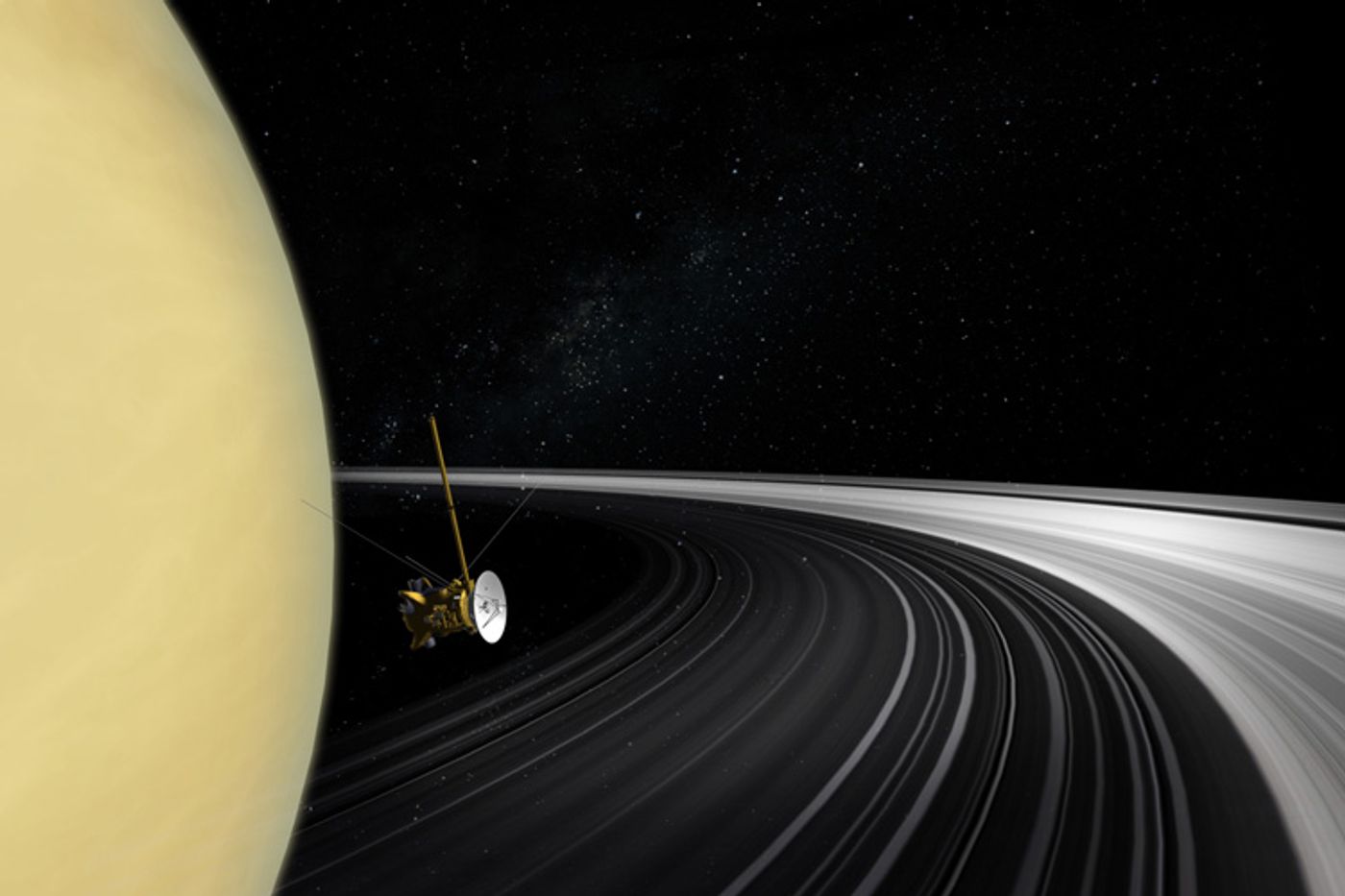Saturn's Rings Are Still Very Young, Study Confirms
Saturn’s planetary rings have been receiving a lot of attention from astronomers as of late, not just because they’re astonishingly beautiful, but also because they paint a more vivid picture of the mysterious planet’s history. Data from NASA’s Cassini mission contributed to a plethora of recent discoveries, but as you might come to expect, there’s still more we can learn.
Image Credit: NASA/JPL-Caltech
In December, astronomers claimed that Saturn’s planetary rings likely formed around 100 million years ago and that a phenomenon known as ‘ring rain’ was eroding them at an alarming rate that could result in their absolute disappearance within as little as 300 million years; but is it conceivable that Saturn’s planetary rings could be younger than estimated?
After carefully analyzing data that was collected by Cassini just before the spacecraft performed its suicidal death plunge into Saturn’s atmosphere, a team of researchers conclusively say ‘yes.’ Their findings have been published this week in the journal Science.
“There were already clues from Voyager and Cassini measurements that the rings had not formed with Saturn,” elucidated study lead author Luciano Less, a researcher from the Sapienza University of Rome. “But now we have a much more concrete evidence, which was only possible to obtain during the final phase of the mission – the Grand Finale.”
Related: Do we finally know how old Saturn's planetary rings are?
Right before Cassini made the dive into Saturn’s atmosphere, NASA ordered the spacecraft to weave between the planet’s rings 22 different times to measure the gravitational tugs produced by the material they’re comprised of. These measurements made it possible to calculate the rings’ mass and composition, which subsequently hinted their age.
“This is the first time ring mass has been measured with gravity,” added study co-author Burkhard Militzer, a planetary scientist from the University of California - Berkeley. “There have been other attempts to do that using density waves, but the measurements from gravity are much more reliable and robust. And this is the first time we’ve ever really had them for Saturn.”
From the team’s calculations, it seems that Saturn’s planetary rings could be as young as 10 million years of age; on the other hand, they’re almost certainly no older than 100 million years of age. The results coincide with the results of the December study, which helps authenticate the claims.
“These measurements were only possible because Cassini flew so close to the surface in its final hours,” Militzer added. “It was a classic, spectacular way to end the mission.”
Related: Some ripples in Saturn's planetary rings are created by the gravitational pull of passing moons
The formation of Saturn’s rings has long sparked debate in the planetary science community, with some experts theorizing they formed with the planet more than 4.5 billion years ago. But with two Cassini-backed studies demonstrating that Saturn’s rings are younger than 100 million years, it now seems like those theories have kicked the bucket.
Despite all the recent discoveries concerning Saturn’s rings, scientists will continue exploring Cassini’s data to better understand the planet. After all, reading between the lines often results in significant discoveries.









